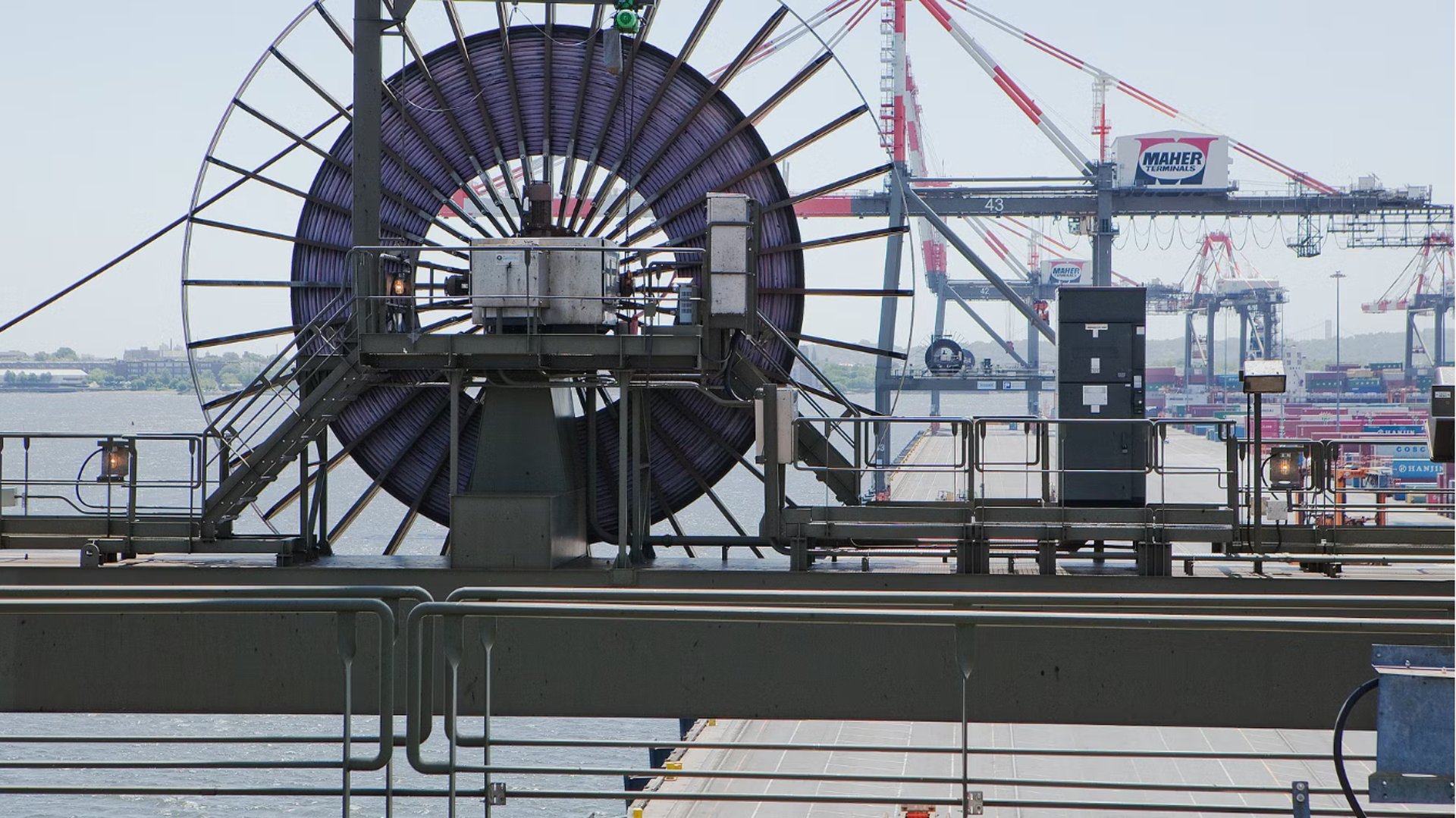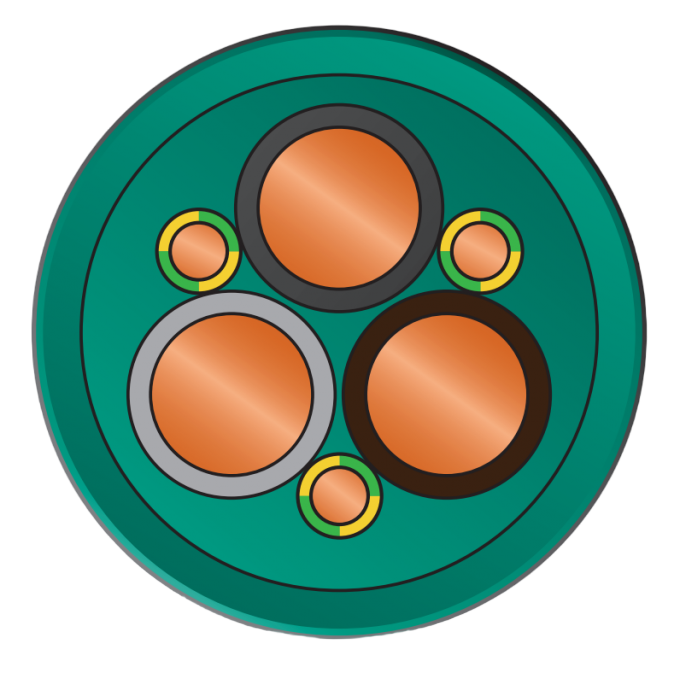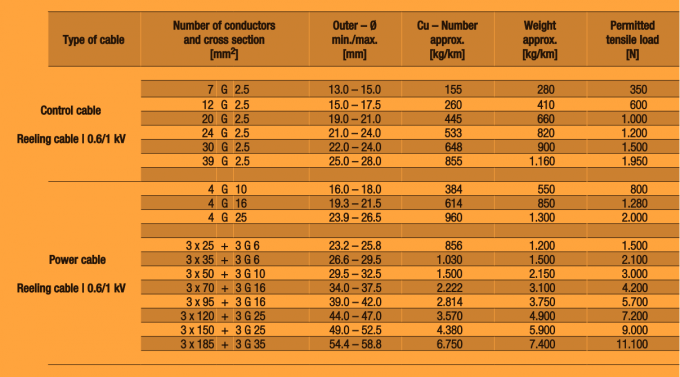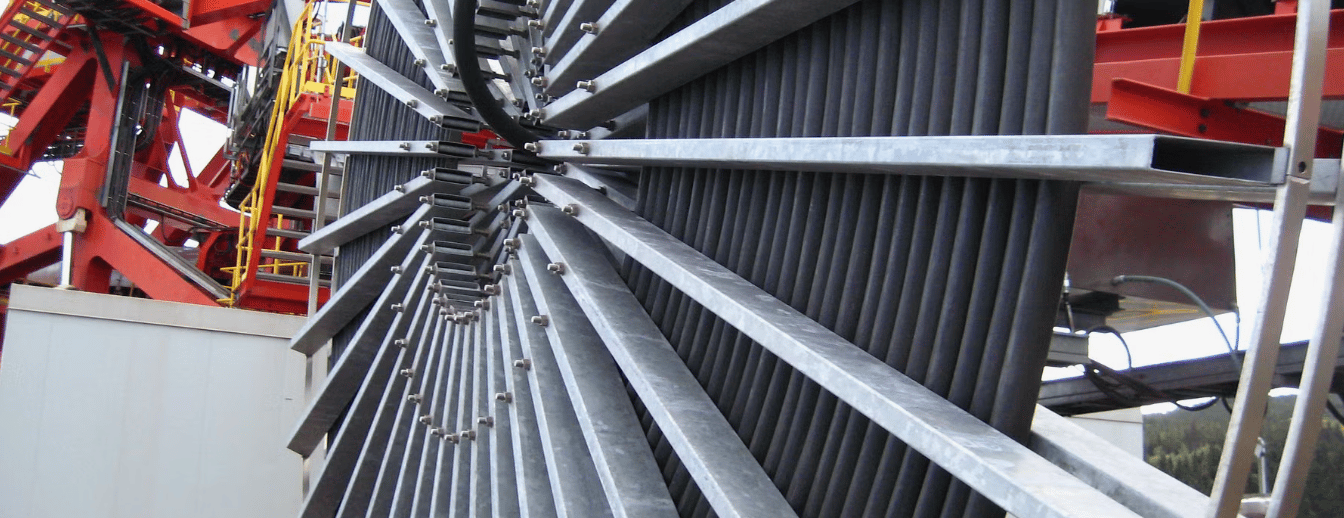📞+86 153 7530 2641 📧 hongjing.Wang@feichuncables.com

AS/NZS 2802 Heavy-Duty Reeling Cable for Australian Ports – 600/1000 V Polyurethane-Sheathed, 90 m/min, Random & Monospiral Reels
Discover Type 12YRDT11YH heavy-duty reeling cable designed for random winding and monospiral reels. Ideal for Australian port cranes, this PUR-sheathed cable ensures durability and performance under harsh operating conditions.
hongjing.Wang@Feichun
7/23/20257 min read
Australia's bustling port industry demands robust electrical infrastructure capable of withstanding the harsh marine environment whilst maintaining exceptional operational reliability. The selection of appropriate reeling cables for heavy-duty port applications represents a critical decision that directly impacts operational efficiency, maintenance costs, and safety standards. Type 12YRDT11YH reeling cable has emerged as a premier choice for Australian port operators, offering unparalleled performance in demanding coastal terminal environments.
This specialised heavy-duty power cable demonstrates exceptional compatibility with Australian port standards and operational requirements. Engineered to perform seamlessly with both random winding reels and monospiral reeling systems, the Type 12YRDT11YH cable delivers reliable power transmission for container handling equipment, ship-to-shore cranes, and mobile port machinery. Its advanced construction addresses the unique challenges faced by Australian port facilities, including extreme temperature variations, salt spray exposure, and continuous dynamic movement requirements.


Core Specifications of Type 12YRDT11YH Reeling Cable
The Type 12YRDT11YH cable features comprehensive technical specifications designed specifically for demanding port crane applications. With a voltage rating of 0.6/1kV, this medium voltage reeling cable provides sufficient electrical capacity for modern port equipment whilst maintaining safety margins required by Australian electrical standards.
Temperature resistance capabilities extend from -40°C to +90°C, ensuring reliable operation across Australia's diverse climatic conditions. From the tropical humidity of Darwin and Cairns to the temperate conditions of Melbourne and Hobart, this temperature range accommodates the full spectrum of Australian port environments. The cable's thermal performance prevents degradation during peak summer operations when ambient temperatures combine with solar heating on exposed cable runs.
Travel speed capability reaches up to 90 metres per minute for horizontal applications, exceeding typical port crane requirements and supporting high-speed container handling operations. This enhanced velocity rating ensures the cable can accommodate rapid positioning movements required by modern automated container terminals and high-throughput cargo handling systems, providing operational headroom for future equipment upgrades.
The cable's construction incorporates an oil, UV, and seawater-resistant polyurethane (PUR) outer sheath with exceptional tensile strength rated at 2000 pounds. This advanced sheath material provides comprehensive protection against the corrosive marine environment characteristic of Australian coastal ports. The PUR compound demonstrates superior ozone resistance, halogen-free composition, and low flammability characteristics meeting IEC 60332-1 standards, significantly extending operational lifespan compared to conventional cable materials.
Applications in Australian Port Environments
Australian port facilities utilise Type 12YRDT11YH reeling cables across numerous critical applications where reliable power transmission proves essential for operational continuity. Container terminal cranes represent the primary application, where these cables power ship-to-shore (STS) cranes handling the largest vessels calling at Australian ports. The cable's design specifically accommodates reeling drums, hoists, and conveyor systems integral to modern port operations.
Rail-mounted gantry (RMG) cranes and rubber-tyred gantry (RTG) cranes rely on reeling cable systems for flexible power delivery during container stacking operations. These applications benefit from the cable's material stockpiling capabilities and efficient stockyard management functions, supporting both stacker and reclaimer operations essential for bulk handling facilities.
Mobile equipment throughout coastal terminals, including industrial reclaimers ideal for reclaiming processes, benefits from the cable's robust construction and environmental resistance. Mining conveyor systems integral to bulk commodity handling utilise these cables for reliable power transmission during continuous operation cycles.
Heavy mechanical load zones present particular challenges where cables must withstand not only electrical demands but also mechanical stress from equipment movement and environmental factors. The Type 12YRDT11YH cable's construction addresses these requirements through reinforced conductor design and enhanced outer sheath protection.
Harsh marine weather conditions, including cyclones, heavy rainfall, and persistent salt spray, test cable durability continuously. Australian ports from Fremantle to Brisbane experience varying degrees of marine exposure, requiring cables capable of maintaining performance integrity throughout extreme weather events.


Random Winding Reels vs. Monospiral Reels: Understanding Cable Movement Dynamics
The choice between random winding reels and monospiral reeling systems significantly impacts cable performance and longevity. Random winding reels allow cables to wind freely onto the drum, creating varying layer patterns with each operational cycle. This winding method subjects cables to different bending radii and potential crossing points where cable sections contact each other.
Monospiral reels maintain consistent cable positioning through guided winding mechanisms, ensuring each cable layer follows a predetermined spiral pattern. This systematic approach reduces mechanical stress by maintaining consistent bending radii and eliminating cable crossover points that can cause premature wear.
Flexibility and torsion resistance become critical factors regardless of reel type selection. Random winding systems require cables capable of accommodating varied bending geometries and potential twist forces generated during irregular winding patterns. Monospiral systems demand cables that maintain performance through repetitive, controlled bending cycles.
Type 12YRDT11YH cable design addresses both operational requirements through advanced conductor stranding techniques and specialised insulation materials. The cable's construction provides sufficient flexibility for random winding applications whilst maintaining structural integrity required for precision monospiral systems. This dual compatibility simplifies procurement decisions for port operators utilising mixed reeling system configurations.


Advantages of Using 12YRDT11YH Reeling Cable in Port Operations
Enhanced operational lifespan represents a primary advantage of Type 12YRDT11YH cables in dynamic port applications. The cable's advanced construction significantly exceeds the performance of standard industrial cables when subjected to continuous flexing, torsion, and environmental exposure typical of port crane operations.
Reduced maintenance costs result from the cable's abrasion-resistant outer sheath and robust internal construction. Traditional cables often require frequent replacement due to sheath damage, conductor fatigue, or insulation degradation. The Type 12YRDT11YH cable's PUR sheath provides superior resistance to mechanical damage whilst protecting internal components from environmental contamination.
Mechanical stress handling capabilities address the three primary forces affecting reeling cables: bending stress from drum winding, torsional stress from equipment movement, and tensile stress from cable weight and operational forces. The cable's multi-strand conductor design distributes mechanical loads effectively, preventing conductor breakage that commonly affects rigid cable constructions.
Operational reliability in critical port applications justifies the investment through reduced downtime and improved crane availability. Equipment failures during peak operational periods can result in significant productivity losses and vessel delays. The Type 12YRDT11YH cable's proven performance record in demanding applications provides operational confidence essential for maintaining port throughput targets.
Compliance & Certifications for Australian Applications
VDE 0250 Part 814 standards compliance ensures the Type 12YRDT11YH cable meets rigorous European electrical safety requirements specifically designed for reeling cable applications. This certification provides confidence for international port operators and equipment manufacturers, demonstrating adherence to stringent construction quality, electrical performance, and safety characteristics essential for industrial applications.
Flame retardant properties incorporated into the cable design meet IEC 60332-1 low flammability standards, crucial for port environments where ignition sources and combustible materials may be present. The cable's halogen-free composition eliminates toxic gas emission risks during fire conditions whilst maintaining circuit integrity during emergency situations.
RoHS (Restriction of Hazardous Substances) and CE conformity demonstrate environmental responsibility and European Union compliance. These certifications become increasingly important as Australian ports adopt sustainable operational practices and comply with international environmental standards.
Australian electrical and safety standards compatibility ensures seamless integration with existing port infrastructure whilst meeting local regulatory requirements. The cable's electrical characteristics align with Australian Standard AS/NZS 3008 for electrical installations, providing assurance for consulting engineers and electrical contractors specifying port electrical systems.
Selection Guidelines for Australian Port Operators
Selecting appropriate reeling cables for coastal port installations requires careful consideration of multiple technical and operational factors. Minimum bending radius specifications must be observed to prevent conductor damage and ensure operational longevity. Port operators should specify drum diameters meeting manufacturer minimum requirements based on cable construction and expected operational cycles.
Travel speed requirements must align with crane operational profiles, with the Type 12YRDT11YH cable supporting horizontal travel speeds up to 90 metres per minute. Current carrying capacity and voltage drop calculations ensure efficient performance across various equipment configurations and cable lengths.
Environmental considerations for Australian coastal installations include temperature ranges from -25°C to +60°C for flexing applications and -30°C to +60°C for fixed installations. Maximum conductor operational temperature reaches 80°C, with short circuit capability to 200°C providing safety margins for fault conditions.
Working with certified suppliers ensures access to genuine Type 12YRDT11YH cables meeting full specification requirements. Australian importers should verify supplier credentials, VDE 0250 Part 814 certification, and product documentation to avoid counterfeit products that may compromise operational safety and performance.
Common Cable Problems and Solutions in Port Applications
What operational limitations should be considered with reeling cables?
Reeling cables should not be used on pulleys without specific engineering consultation due to mechanical constraints that may cause premature failure. The cable design optimises performance for drum-based reeling systems rather than pulley applications. Port operators must ensure proper installation practices and avoid applications outside manufacturer specifications.
How do environmental conditions affect cable performance ratings?
Australian port environments require careful consideration of operational temperature ranges. The Type 12YRDT11YH cable performs optimally within -25°C to +60°C for flexing applications, covering most Australian climatic conditions. However, extreme heat events may require operational modifications or enhanced cooling measures to maintain performance within specification limits.
What are the current carrying capacity considerations for port applications?
Current carrying capacity varies based on installation method, ambient temperature, and cable configuration. Port operators should consult detailed manufacturer specifications for specific conductor sizes and installation scenarios. Proper voltage drop calculations ensure efficient power transmission across varying cable lengths typical in large port installations.
Conclusion: Reliable Power Solutions for Australian Port Infrastructure
Type 12YRDT11YH reeling cable represents the optimal choice for Australian port crane systems requiring reliable, long-term operational performance. Its comprehensive specification addresses the unique challenges of marine environments whilst providing compatibility with both random winding and monospiral reeling systems utilised throughout Australian port facilities.
The cable's advanced construction, environmental resistance, and mechanical durability provide port operators with a proven solution for demanding applications. From major container terminals in Sydney and Melbourne to regional ports handling bulk commodities, the Type 12YRDT11YH cable delivers consistent performance essential for maintaining Australia's trade competitiveness.
Investment in premium reeling cables ultimately reduces total cost of ownership through extended operational life, reduced maintenance requirements, and improved equipment reliability. Port operators seeking long-term operational performance should prioritise Type 12YRDT11YH cables for critical crane and mobile equipment applications, ensuring reliable power transmission throughout Australia's demanding marine environment.
How to Reach Us
Get in Touch
SiteMap
Product Catalogue
Reeling Cable
Festoon Cable
Shore Power Cable




Scan to add us on WeChat
